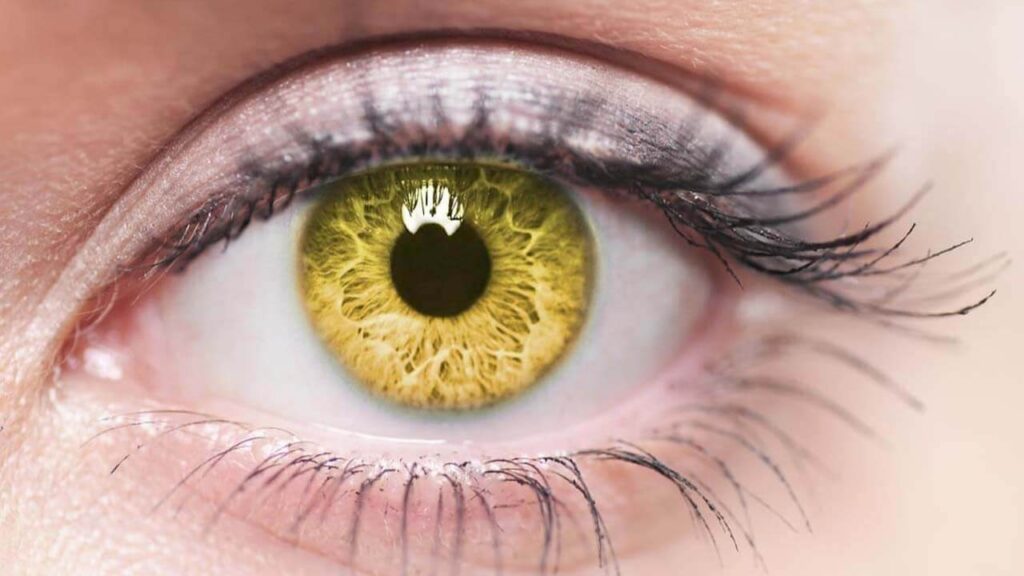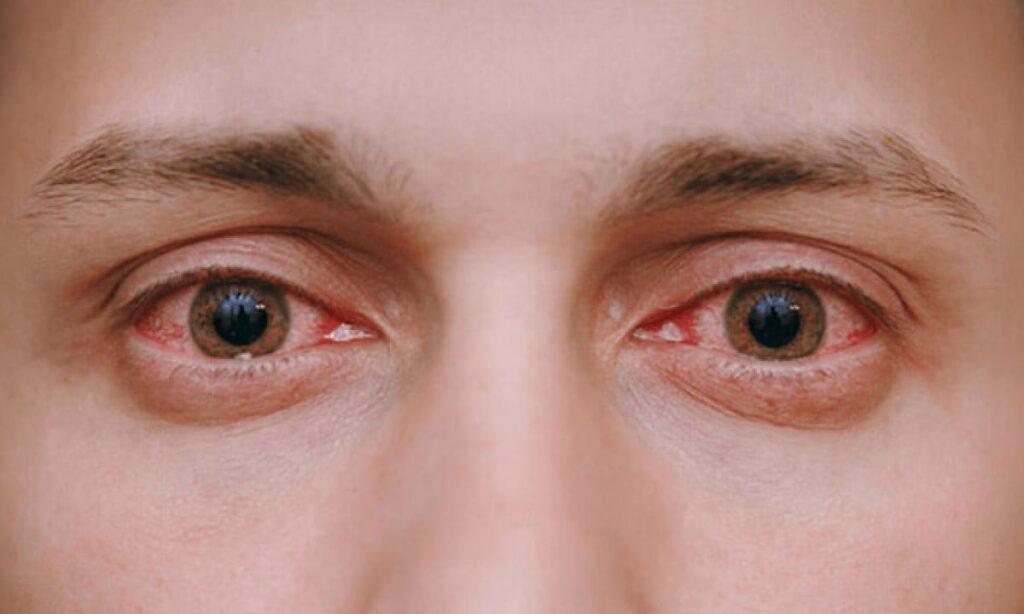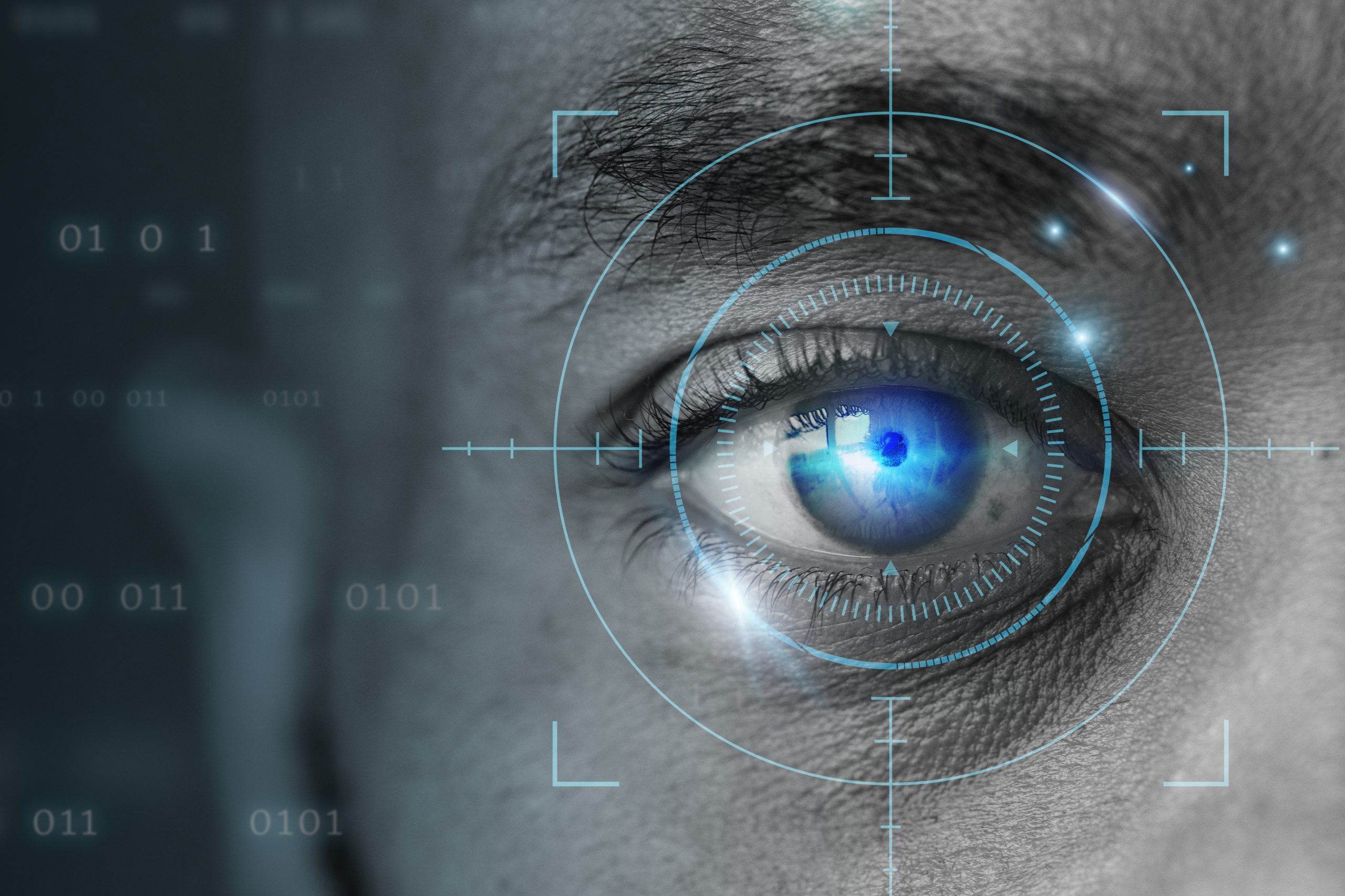Retinal diseases are a significant public health concern, affecting millions of individuals worldwide. The retina, a crucial component of the eye, plays a vital role in converting light into visual signals that are sent to the brain. Understanding the nature of retinal diseases, their symptoms, causes, and potential treatments can help in the early detection and management of these conditions, preserving vision and improving quality of life.
What are Retinal Diseases?
Retinal diseases encompass a wide variety of disorders that affect the retina, leading to vision loss or impairment. These diseases can occur at any age and can be caused by a range of factors, both internal and external to the body. The retina’s health is paramount for overall vision acuity and clarity, making it essential to familiarize oneself with common retinal disorders.
Definition and Importance of the Retina
The retina is a thin layer of tissue located at the back of the eye. It is composed of light-sensitive cells that detect light and color, ultimately sending visual information to the brain via the optic nerve. This intricate structure allows us to see and interpret the world around us, making its health critical for maintaining good vision.
Any damage or disease affecting the retina can disrupt this process, leading to various complications, including blurred vision, blind spots, or even complete vision loss. Consequently, understanding the functions of the retina and how diseases can affect it is crucial for both individuals and healthcare providers. The retina also plays a role in other vital processes, such as adjusting to different lighting conditions and processing visual information in real-time, which are essential for daily activities like reading, driving, and recognizing faces.
Common Types of Retinal Diseases
There are several different types of retinal diseases, each with its specific characteristics and implications for vision. Some of the most common types include:
Age-Related Macular Degeneration (AMD): A progressive condition that results in the deterioration of the central part of the retina.
Diabetic Retinopathy: Damage to the retina due to complications from diabetes, leading to vision impairment.
Retinal Detachment: A serious condition where the retina peels away from its underlying support tissue.
Retinitis Pigmentosa: A genetic disorder characterized by the progressive degeneration of retinal cells.
Each of these conditions necessitates different approaches for treatment and management, underlining the importance of early recognition and intervention. For instance, while AMD may be managed through lifestyle changes and medications, diabetic retinopathy often requires more intensive monitoring and possibly laser treatments to prevent further damage. Additionally, advancements in technology, such as optical coherence tomography (OCT), have enhanced the ability of healthcare providers to diagnose and monitor these diseases more effectively, allowing for tailored treatment plans that can significantly improve patient outcomes.
Moreover, emerging research into retinal diseases is paving the way for innovative therapies, including gene therapy and stem cell treatments, which hold promise for reversing certain types of retinal damage. As our understanding of the retina deepens, so does the potential for new interventions that could change the landscape of vision care, offering hope to millions affected by these debilitating conditions. Read more about retinal diseases at https://www.nyee.edu/care/eye/retina/diseases

Recognizing the Symptoms of Retinal Diseases
Awareness of the symptoms associated with retinal diseases is essential for timely diagnosis and treatment. Early recognition can make a significant difference in preserving vision and preventing further deterioration of eye health.
Early Warning Signs
Patients experiencing retinal diseases may notice various early warning signs, which include:
Blurry or distorted vision
Difficulty seeing at night or in low light
Sudden appearance of floaters or flashes of light
Loss of peripheral vision
These symptoms can vary significantly based on the type of retinal disease, but they often serve as critical indicators that something may be wrong with the retina. Individuals experiencing these symptoms should seek medical attention promptly.
Progression of Symptoms
As retinal diseases progress, symptoms may worsen, potentially leading to severe vision loss. For instance, individuals with AMD may initially experience minor distortions in central vision, but as the condition advances, they may suffer from significant central vision loss. Patients with diabetic retinopathy might notice fluctuations in their vision, which can become more pronounced as the disease progresses.
Similarly, retinal detachment may start with sudden flashes of light or the sensation of a curtain falling over part of the visual field. Recognizing these changes and understanding their ramifications can empower patients to seek treatment before severe damage occurs.
In addition to these symptoms, patients may also experience difficulty with color perception or a gradual darkening of their vision, which can be particularly alarming. These changes can affect daily activities, such as reading, driving, or recognizing faces, leading to increased frustration and anxiety. It is crucial for individuals to monitor their vision closely and report any changes to their eye care professional, as early intervention can lead to better outcomes.
Furthermore, understanding the risk factors associated with retinal diseases can also play a role in prevention and early detection. Conditions such as diabetes, hypertension, and a family history of eye diseases can increase the likelihood of developing retinal issues. Lifestyle choices, including smoking and poor diet, can exacerbate these risks. Regular eye examinations and maintaining a healthy lifestyle are vital steps in safeguarding one’s vision and overall eye health.
Uncovering the Causes of Retinal Diseases
Understanding the underlying causes of retinal diseases is vital for prevention and risk reduction. Various factors can contribute to the development of these conditions, ranging from genetic predispositions to environmental influences.
Genetic Factors
Many retinal diseases have a hereditary component, making genetics a significant risk factor. Conditions like retinitis pigmentosa are often passed down through family lines, implicating specific genes in their development. Genetic counseling may be beneficial for families affected by these conditions to assess risks and understand potential outcomes.
Additionally, certain genetic markers can increase susceptibility to diseases such as AMD. Research into the genetic basis of these conditions is ongoing and may offer further insights into prevention and treatment in the future. Recent advancements in gene therapy have shown promise, with clinical trials exploring ways to correct or compensate for faulty genes responsible for retinal diseases. This innovative approach could potentially transform the landscape of treatment options available to patients. To learn more about how genetics affect your daily life click here.
Environmental Triggers
Aside from genetic factors, environmental elements also play a critical role in the development and progression of retinal diseases. Factors such as prolonged sun exposure can increase the risk of developing conditions like cataracts and macular degeneration.
Furthermore, lifestyle choices such as smoking and poor dietary habits have been associated with an increased risk of retinal diseases. A diet rich in antioxidants and essential nutrients may help mitigate these risks, emphasizing the importance of a well-rounded lifestyle and regular eye examinations. For instance, foods high in omega-3 fatty acids, such as fish, and leafy greens packed with lutein and zeaxanthin are believed to support retinal health. Additionally, maintaining a healthy weight and managing chronic conditions like diabetes can further reduce the likelihood of developing serious retinal issues, highlighting the interconnectedness of overall health and eye health.
Comprehensive Overview of Retinal Disease Treatments
The treatment for retinal diseases varies widely depending on the specific condition, its severity, and the underlying causes. Options can range from non-surgical interventions to advanced surgical procedures, all aimed at preserving or restoring vision.
Non-Surgical Treatment Options
For many retinal diseases, particularly in their early stages, non-surgical treatment options may be effective. Such options include:
Medications: Anti-VEGF injections are commonly used for conditions like AMD and diabetic retinopathy, helping to reduce swelling and prevent vision loss.
Laser Therapy: Laser treatments can effectively seal leaking blood vessels in cases of diabetic retinopathy.
Photodynamic Therapy: This therapy involves the use of light-activated medicine to treat abnormal blood vessels associated with AMD.
These methods can significantly improve visual outcomes and delay the progression of retinal diseases, making them essential components of a comprehensive treatment plan. In addition to these treatments, lifestyle modifications such as dietary changes, regular exercise, and smoking cessation can also play a pivotal role in managing retinal health. For instance, a diet rich in antioxidants, omega-3 fatty acids, and vitamins C and E has been shown to support retinal function and may help mitigate the effects of age-related degeneration.
Surgical Interventions for Retinal Diseases
In more advanced cases, surgical intervention may be necessary. Various surgical procedures can address specific problems, such as:
Vitrectomy: A surgery that involves removing the vitreous gel from the eye to address complications such as retinal detachment.
Retinal Reattachment Surgery: This procedure aims to restore the retina to its proper position in cases of detachment.
Subretinal Implants: In certain cases, implants may be used to restore vision for patients with advanced retinal diseases.
These surgical options can be critical in preserving vision and improving quality of life when other treatments are insufficient. Furthermore, advancements in surgical techniques and technology have significantly enhanced the success rates of these procedures. For example, the use of minimally invasive techniques and improved imaging technologies allows for more precise interventions, which can lead to faster recovery times and better overall outcomes for patients. As research continues to evolve, the future of retinal disease treatment holds promise, with ongoing studies exploring gene therapy and stem cell treatments that may one day provide even more effective solutions for those affected by these debilitating conditions.

Living with Retinal Diseases
For those diagnosed with retinal diseases, understanding how to navigate daily life while managing these conditions is essential. Adjustments and support can lead to a more fulfilling life despite visual challenges.
Lifestyle Adjustments
Adapting to life with retinal diseases often involves making lifestyle changes to accommodate visual limitations. Such adjustments may include:
Utilizing assistive devices like magnifiers or specialized glasses.
Modifying home environments to improve safety and accessibility.
Maintaining a healthy diet rich in vitamins beneficial for eye health.
These changes can aid individuals in managing their condition more effectively and may enhance overall well-being.
Support and Resources for Patients
Living with a retinal disease can be daunting, but numerous resources and support systems are available. Organizations such as the Foundation Fighting Blindness provide valuable information on retinal diseases and connect patients with support groups.
Additionally, local community resources, including vision rehabilitation services, can offer practical assistance and counseling for those affected by vision loss. Engaging with these resources can foster a sense of community and provide patients with the necessary support to thrive.
In conclusion, understanding retinal diseases is a multi-faceted approach that combines knowledge of symptoms, awareness of causes, and availability of treatments. Emphasizing early detection, utilizing available treatments, and making necessary lifestyle adjustments can preserve vision and enhance the quality of life for those affected by these conditions.

